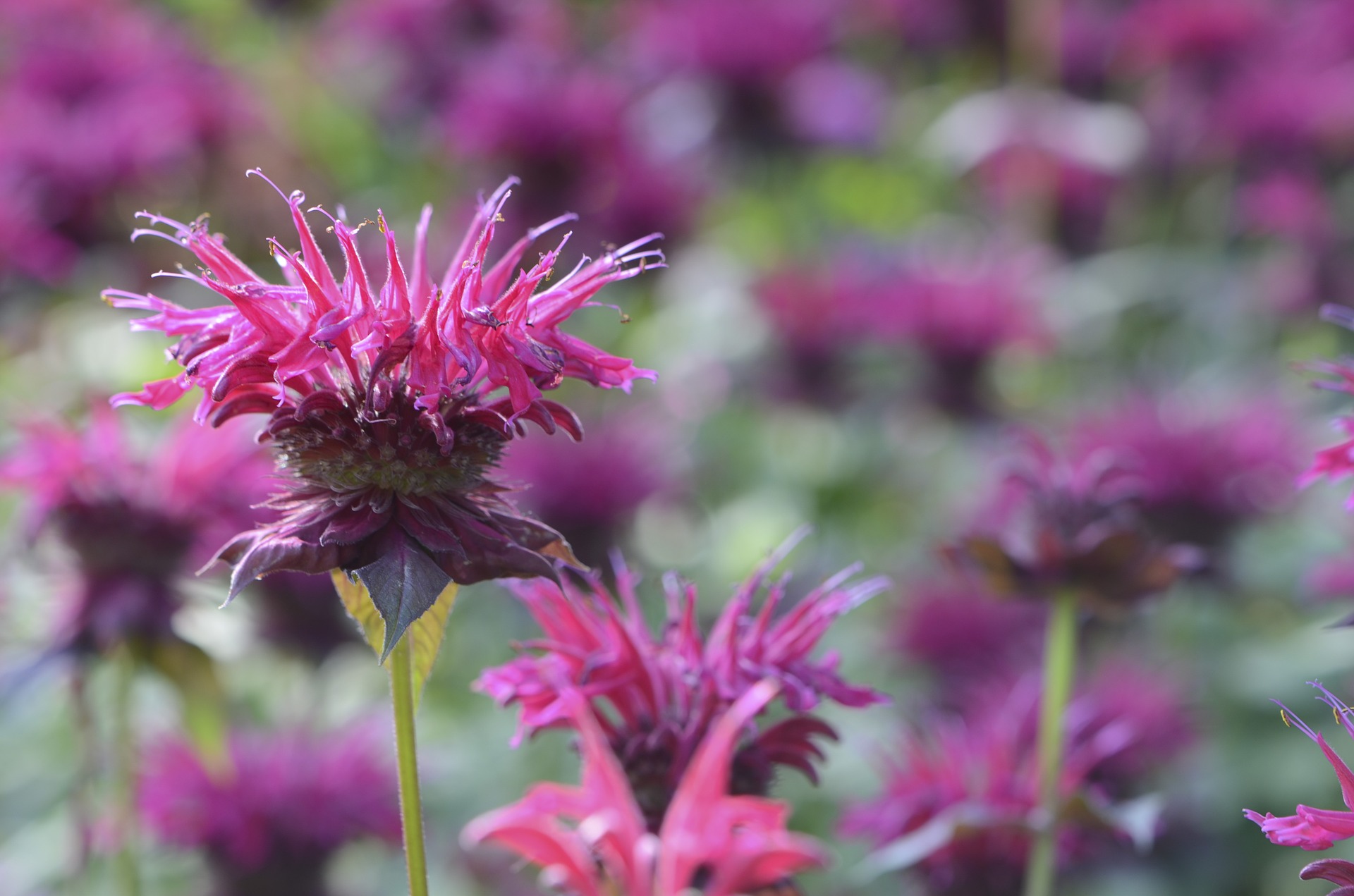#SoulLove – Summer Plants
“SUMMER’S NATIVE PLANT BOUQUET IS A GIFT TO BIRDS, BEES AND MORE”
Via: WWF.
“…When the weather’s not too dry, summer bursts forth with green and intoxicating lushness. Tall grasses stroke the sky, vines reach out to embrace all that surrounds them, and buds erupt into bright blooms.
Whether you wander in a meadow, garden or forest glade, you can encounter native plants among this splendour, as well as the wildlife they attract. Fascinating species of bees, butterflies, birds, flies and more all depend on native plants for food and shelter, and a perceptive eye can spot them as they do. So, why not put aside that summer read for a while and escape into the intertwined lives of these flora and fauna?…
Big bluestem (Andropogon gerardi) is an adaptable native grass that can reach up to two metres tall. It grows in a variety of soils including clay, gravel and sand and can even withstand occasional wildfires. Dozens of insects, including a katydid (grasshopper-like insect) called the sword-bearing conehead (Neoconocephalus ensiger, pictured) and the short-winged meadow katydid (Conocephals brevipennis) rely on big bluestem for their food, eating the leaves and other parts of the plant. Birds like field, song and chipping sparrows dine on big bluestem’s seeds or the insects it attracts…
Dense blazing stars (Liatris spicata) truly are stars in the eyes of gardeners thanks to their purple “fairy wand” appearance and how they attract many pollinators. These include long-tongued bees such as small carpenter bees (species in the genus Ceratina, pictured), bumblebees and leaf-cutting bees, as well as butterflies like swallowtails, monarchs and painted ladies. Deer, groundhogs and rabbits use these plants as a food source, as do small herbivores like meadow voles that specifically eat their corms (bulbous underground stems that store nutrients).
Watch for these show-stopping flowers in Ontario, where they are native…
Virgin’s bower (Clematis virginiana) is a common, fast-growing vine with sprays of white flowers that bloom in mid-to-late summer. With adequate support from a fence or trellis, these vines can climb up to six metres tall! They are found in moist thickets and meadows and along woodland edges, riverbanks, drainage ditches, railroads and fence rows. The tangles created by the vines and foliage provide excellent cover and nesting habitat for songbirds such as the northern cardinal (Cardinalis cardinalis, pictured), and the blooms also attract a variety of native bees.
In Canada, Virgin’s bower is native to Ontario, Quebec, New Brunswick and Nova Scotia…
Milkweeds, including swamp milkweed (Asclepias incarnata, pictured), are the only host plants for the monarch butterfly (Danaus plexippus). This means that monarch caterpillars only eat milkweed, and the adult females selectively lay their eggs on these plants. In addition to monarchs, swamp milkweed is a magnet for other butterfly species like fritillaries and skippers and for nectar-drinking pollinating insects like bumble bees, long-horned bees, sweat bees, wasps, and flies in the families Mydidae and Tachinidae. Thanks to toxins that give these plants a bitter taste, mammals like deer tend to avoid eating it. (People and pets should do the same!)
While milkweeds can be found across most of southern Canada, swamp milkweed in particular is native to Manitoba, Ontario, Quebec, New Brunswick, Nova Scotia and PEI…”
To read and listen to the full article, complete with illustrations, click here.



